Project Closeout
There are a number of key steps to be completed as we finalise projects and bring the space into operation. These steps are outlined here, together with the supporting documentation that you can use.
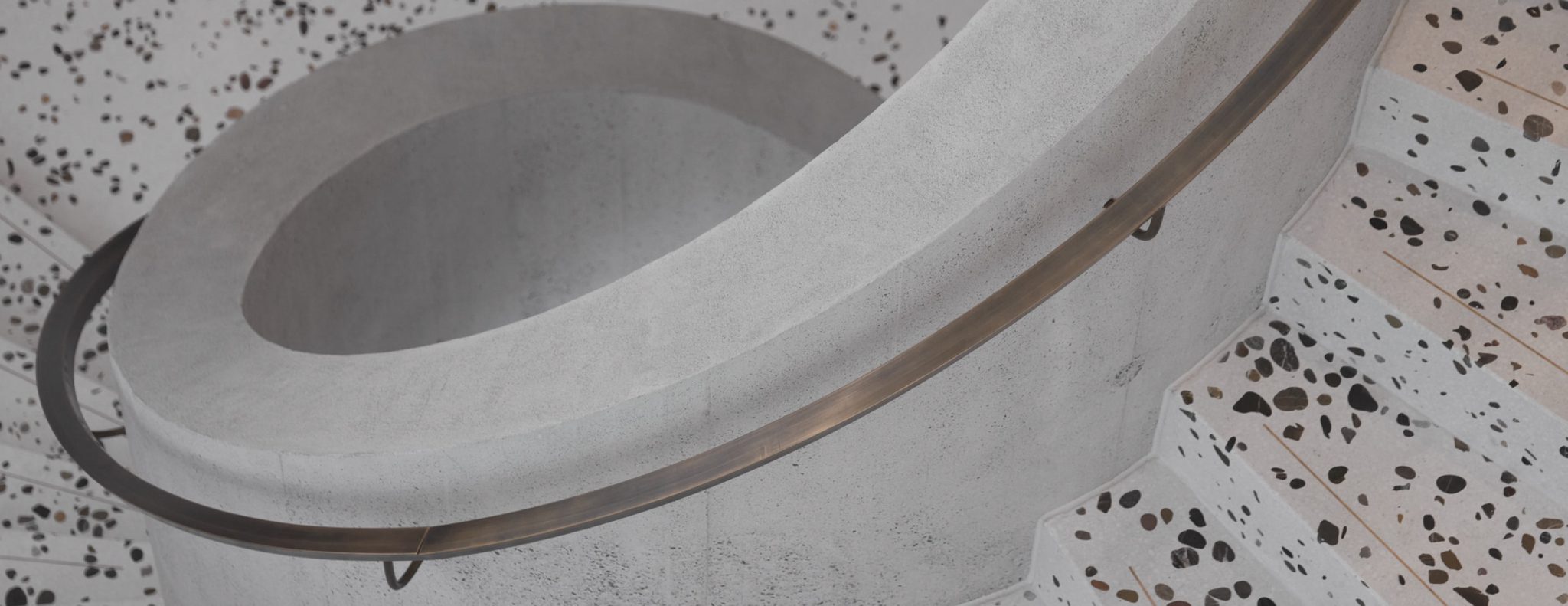
High level overview and Closeout Pack
Closing the fit-out project includes the finalising of all activities across all of the project management process to formally complete the project. The key benefit of the Closeout Pack is that it provides lessons learned and the formal completion of the project. Main tasks involved in the project closeout are listed below.
Access the Closeout Report template * All the points will need to completed by the TPM and signed off by the GAM before being presented to the Global Expert PMO.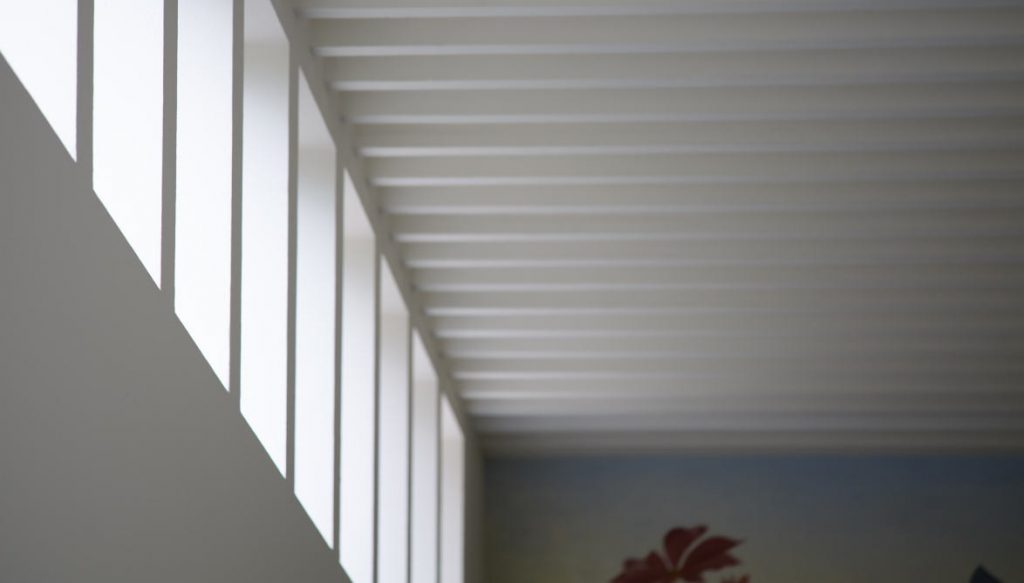
- Evaluate task list (snag list)
- Confirm completion of project scope (with local PM)
- Confirm completion of all Project Change Requests
- Complete financial closeout (90 day closeout)
- Document lessons learned
- Submit final status report to key stakeholders
- Collate feedback and Lessons Learnt from Project Team (Roche Program Manager, Roche Local, Architect, General Contractor, Global Design)
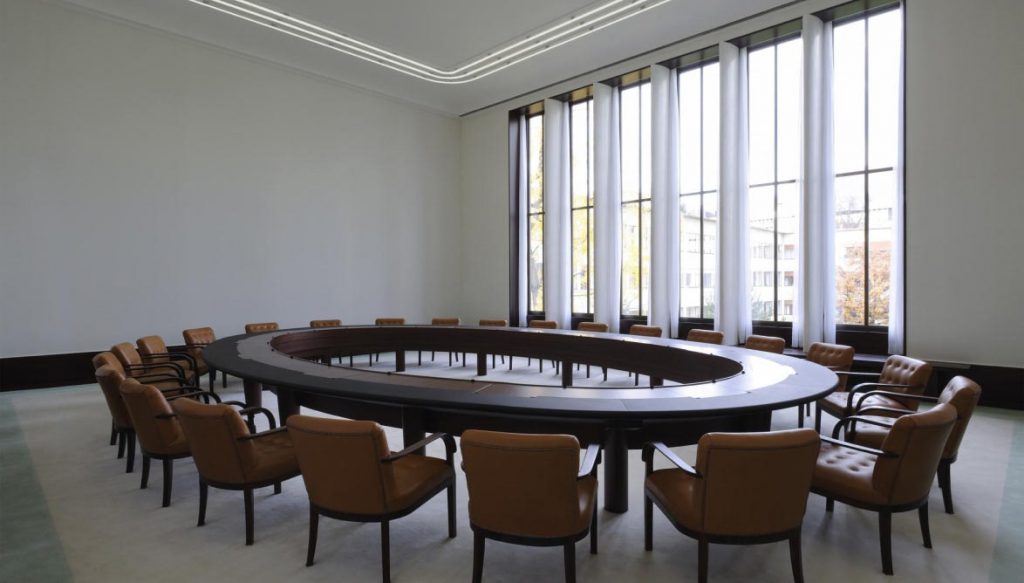
- Obtain all necessary sign-offs
- Obtain As-Builts
- Obtain all Operations & Maintenance Manuals
- Obtain all warranty information
- Obtain Practical Completion Certificate
- Obtain Post Occupancy study (after 6 months of occupation)
- Publish success
Lessons learned from Global Architecture
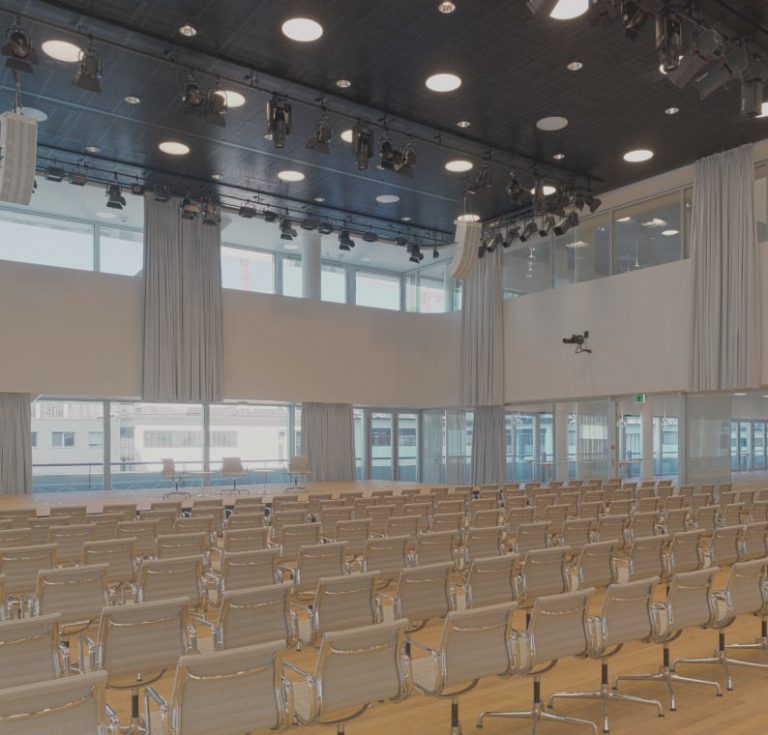
Hold a Workshop
TPM & GAM should organise a lessons learned workshop at the end of the project. This allows the project team:
- To avoid repeating mistakes
- To replicate successes
- To improve efficiency
- To discover new innovations
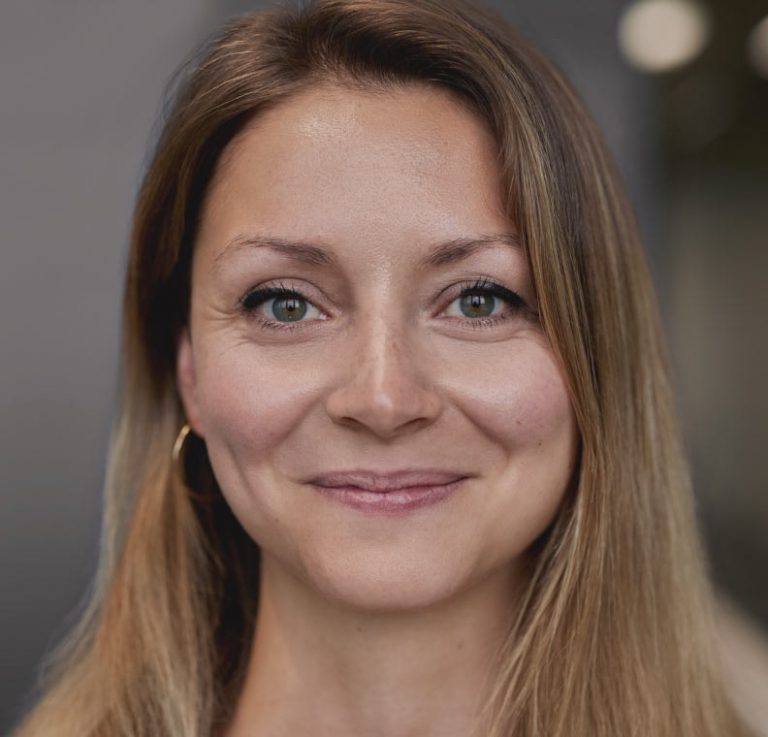
Key Questions
- What went right?
- What went wrong?
- What needs to be improved?
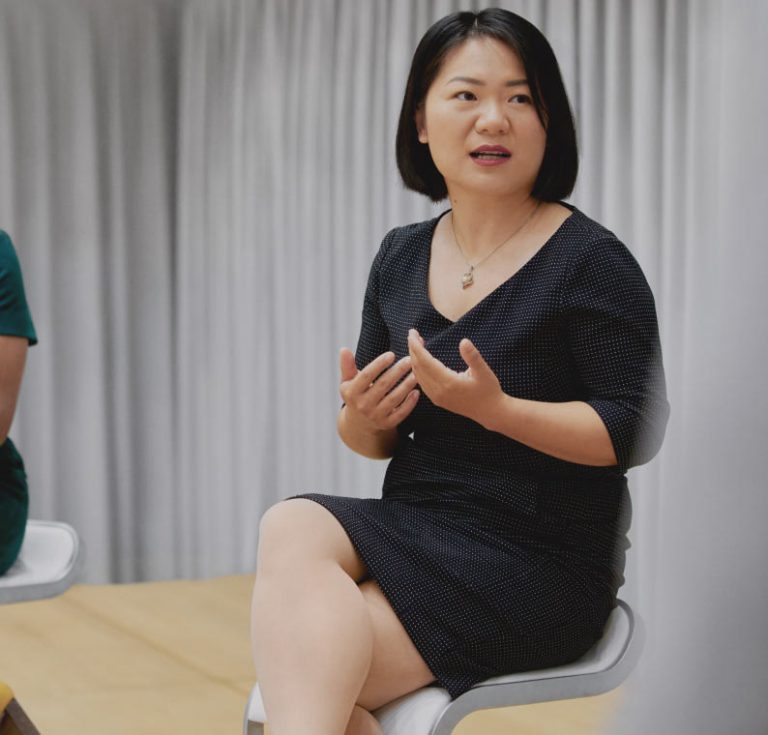
Top Tips
- Consider tracking live lessons learned through the project alongside the action tracker
- Agree ground rules and ensure respect for all parties’ views is observed
- Invitees should include Roche (Global and Local), TPM and GAM to represent project team, Roche Global Architect
- Codify/record the outcomes and keep looking for ways to feed there back into other projects

Snag List
- Snags are defects or unresolved problems associated with the fit-out project
- Proactive management of project snag lists by TPMs is essential to ensure accountability & prompt resolution
- The Snag list should be agreed by the TPM and the Roche local team
- All snags should have a target close date to ensure rectification is completed in a timely fashion (14 days post occupation)
- Day 2 works need to be identified separately to snags and must not be included on the snag list
- Snags will be considered complete once all parties from Roche has agreed and signed off the project
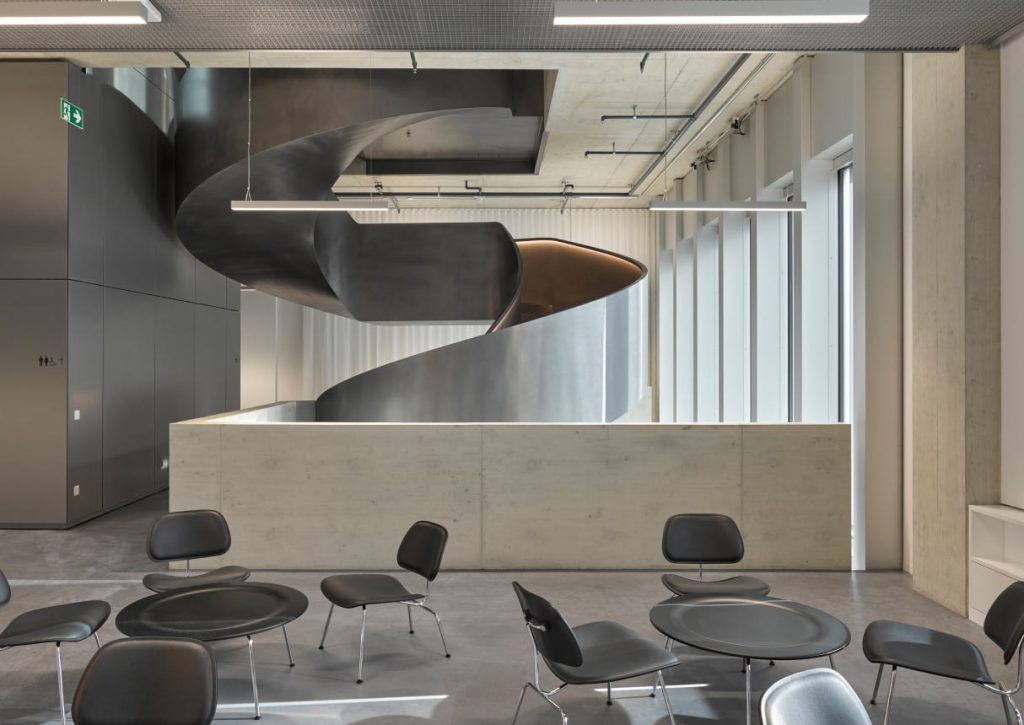
Professional Project Photography Guidelines
- Once a Roche project has been completed, the TPM should arrange for professional photographs of all completed office spaces. Professional photography of non-office space types is not required, unless specifically advised by Roche
- The photographs taken should follow Roche’s guide ‘Our Spaces’ which is a guide to photographing our built environments
- Once photographs have been taken, a selection of images within a shared link should be shared with [email protected] for evaluation and feedback
TPM Key Performance Indicators (KPIs) Overview
An open and transparent process to capture performance of the TPM on several key metrics, understand lessons learned, and determine plan for continuous improvement.
Access the KPI Scoring template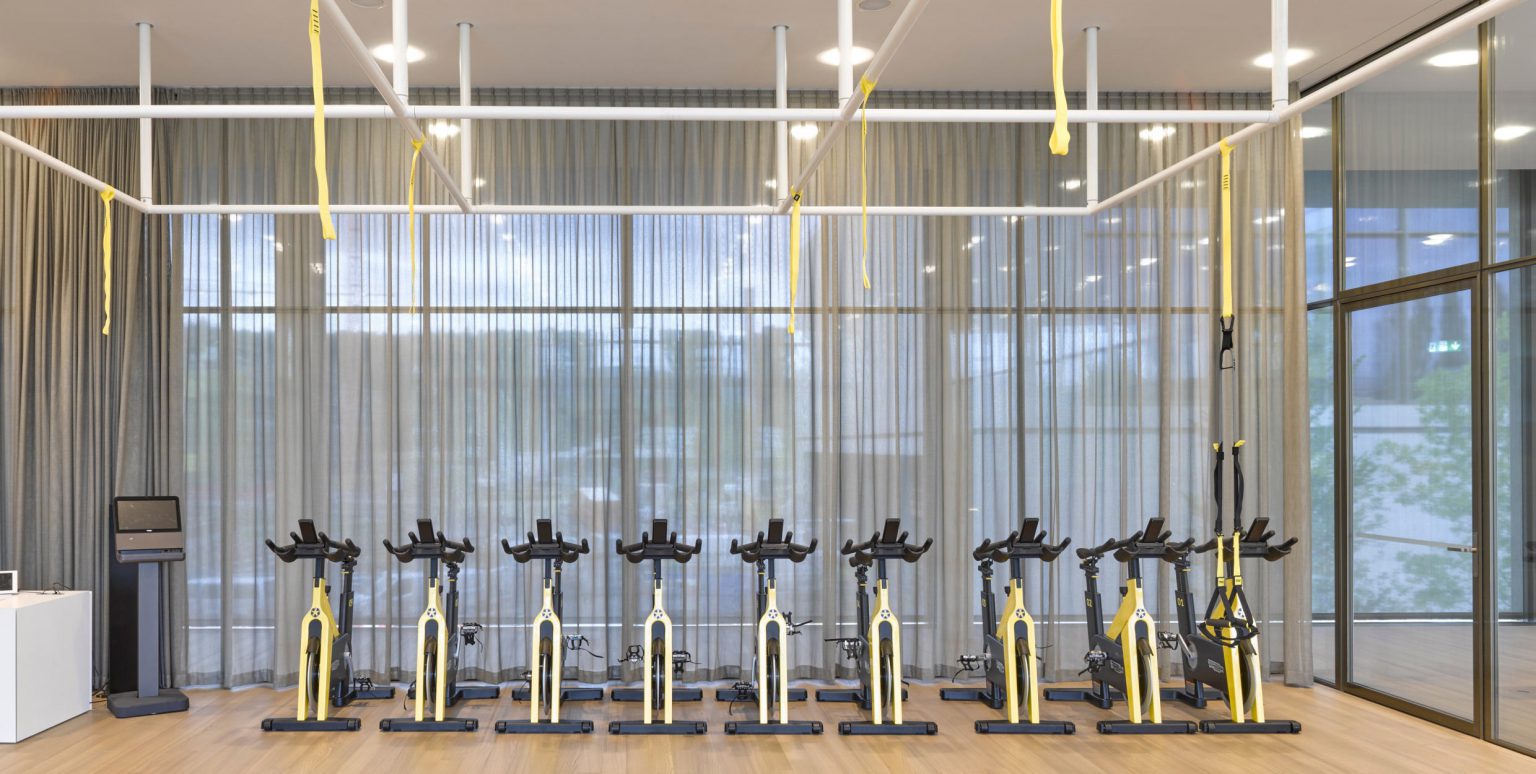
KPIs are to be reviewed between the TPM and the Local Roche Project Manager at the start of the project; this ensures that the key success factors are clearly understood.
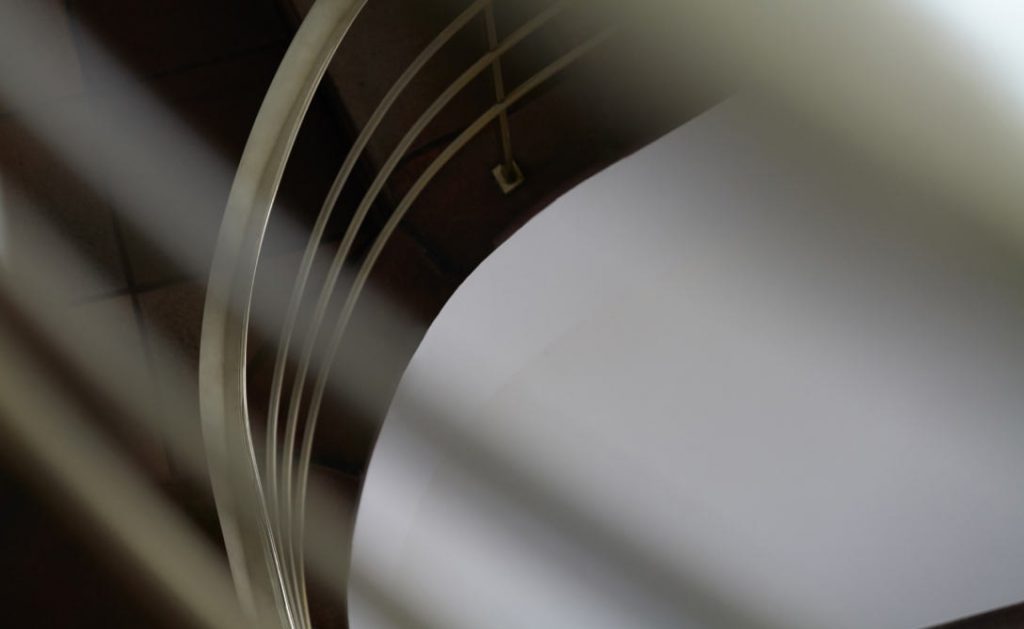
TPM Panel members should focus and monitor the MSA KPIs in order to successfully complete a Roche Real Estate project.

TPM performance is measured via the KPI system; these reflect Roche’s standards. TPMs should not deviate from the agreed delivery model as this could affect performance and incur financial penalties for the TPM.

KPIs are designed to track performance against pre-agreed service levels in the areas of: programme management, budget management, governance and SHE.

There are TPM Fees at risk and there is a potential bonus; these are dependent upon the TPM performance and associated KPI scores at the end of the project.

TPM Key Performance Indicators (KPIs) Process:
- Roche Global PMO carries out assessment
- Local Roche PM completes survey
- Draft assessment shared in advance with TPM partner
- Follow up meeting for Global PMO/Local Roche/PM/GAM/TPM
- Final assessment shared
- Ensure process is planned within 1 month of Practical Completion
- Structured feedback to be provided by Roche PMO to TPM & GAM
- Action plan to be agreed by all parties
- PMO Support to feed lessons learned back into Playbook